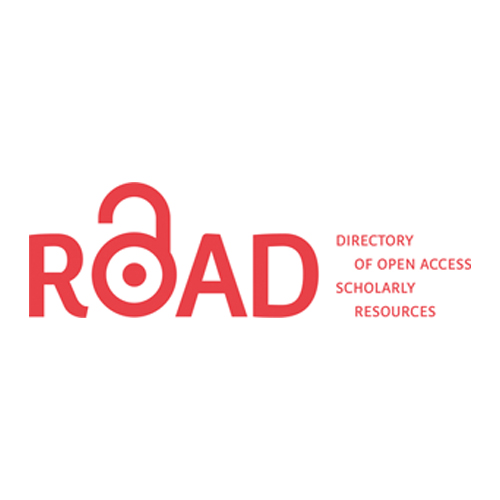Academic English – The Academic Lingua-Franca
Keywords:
Academic English, Social English, English for Academic Purpose, Language Appropriacy, Second Language LearningAbstract
Language is not monolithic. The use of language does and should vary in terms of phonology, grammar, lexis, level of formality, etc depending on the context and situation the language is being used. Recent developments by linguists have emphasised the importance of language varieties. Hence, the language usages which may be correct but not appropriate in certain instance. The learner should be taught to discriminate between situations and employ the target language accordingly. Academic English and social English are two separate forms of language. Academic English is more demanding and intricate than social English. An English language learner (ELL) with social English proficiency may not necessarily have the academic English proficiency. Learners who are comfortable and capable in ESL either find it difficult to use the target language in formal setting or resort to ‘playground language’. The paper discusses how we need to vary language to suit particular situation, media and human relationships. It advocates due importance to be given to academic language proficiency in ESL classroom and recommends the various approaches/activities that can be implemented to teach the same.
Downloads
References
Bailey, A. L. (2007). Introduction: Teaching and assessing students learning English in school. In A. L. Bailey (Ed.), The language demands of school: Putting academic English to the test. New Haven, CT: Yale University Press.
Colombi, M. C., & Schleppegrell, M. J. (2002). Theory and practice in the development of advanced literacy. In M. J. Schleppegrell, & M. C. Colombi (Eds.), Developing advanced literacy in first and second languages: Meaning with power (pp. 1-19). Mahwah, NJ: Lawrence Erlbaum Associates. Díaz-Rico, L. T., & Weed, K. Z. (2002). The crosscultural, language, and academic development handbook: a complete K-12 reference guide. Boston: Allyn and Bacon. Ovando, C., Collier, V., & Combs, M. (2003). Bilingual and ESL classrooms: Teaching multicultural contexts (3rd ed.). Boston: McGraw-Hill
Richards, J. C., J. Platt & H. Platt (1992) Longman Dictionary of Language Teaching and Applied Linguistics. London: Longman. Ferlazzo, L. (2014, February 27). English-Language Learners and Academic Language. Retrieved February 25, 2017, from https://www.edutopia.org/blog/english-language-learners-academic-language-larry-ferlazzo Halliday, M.A.K. and Martin, J.R. 1993. Writing Science: Literacy and Discursive Power. Pittsburgh: University of Pittsburgh Press. pp. 4-6, 8-11
Schleppegrell, M. (2001). Linguistic features of the language of schooling. Linguistics and Education, 12(4), 431-459. T., H., & M.(n.d.). Three Tiers of Vocabulary and Education. Retrieved February 25, 2017, from https://www.superduperinc.com/handouts/pdf/182_VocabularyTiers.pdf






